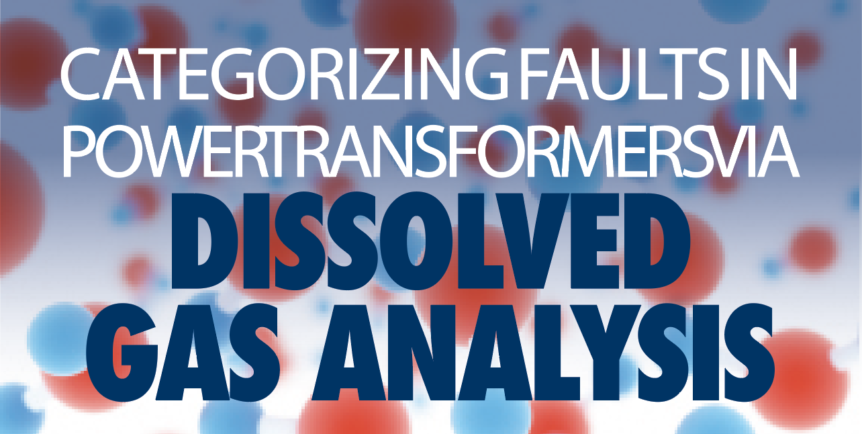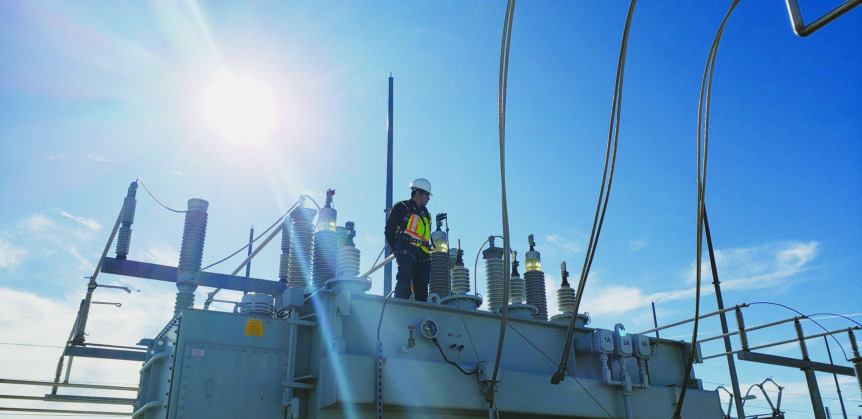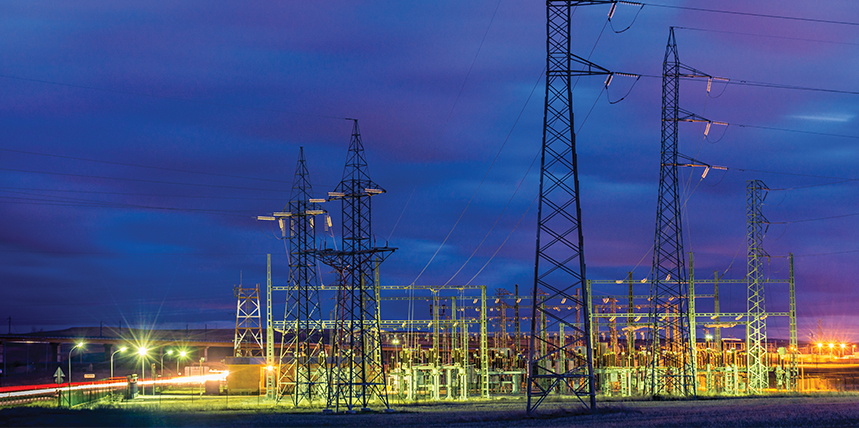To explain VLF tan delta, we must first explain the reason it was developed and how the concept and equipment used to perform this test came about. Tan delta is still a form of high-potential (hipot) testing but utilizes the advantages of both AC and DC testing while eliminating many, but not all, of the disadvantages. The very-low-frequency (VLF) portion …
Categorizing Faults in Power Transformers via Dissolved Gas Analysis
While the chemistry behind dissolved gas analysis (DGA) is complex and important for industry chemists to understand, the typical DGA review need not be as complex. Thermal or hot metal gasses are commonly known in DGA, and they are widely understood by industry experts, chemists, and many asset owners. The carbon oxide gasses — carbon dioxide and carbon monoxide — …
Bushing Condition Assessment and Troubleshooting
Bushings are the means by which electric power passes to and from different electrical devices, as they provide a point of interface for electrical voltage to be applied and current to pass to and from an electrical apparatus. The bushing’s center conductor is above ground potential and must be electrically insulated from the tank walls, which are at ground potential. …
Advanced Moisture Assessment for Transformers
Due to the complex temperature-driven dynamics of the exchange of water between the paper insulation and the oil and the lack of thermal equilibrium in most operating transformers, it is difficult to interpret the water content of oil or paper insulation by looking at individual dissolved-water measurements or time-series data. Furthermore, increases in water solubility due to aging of oil …



